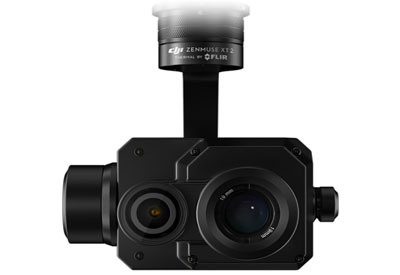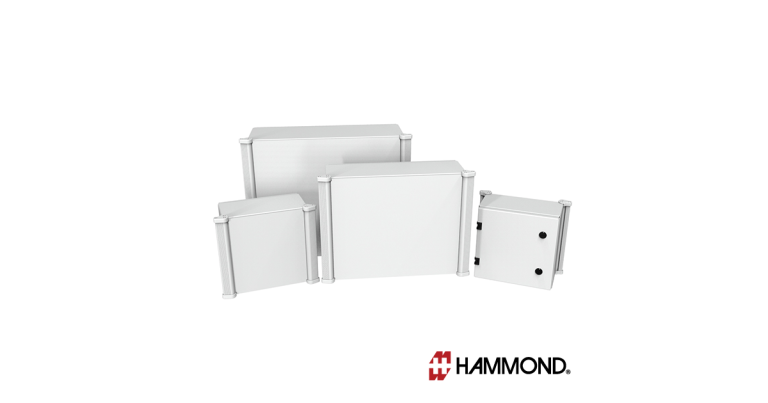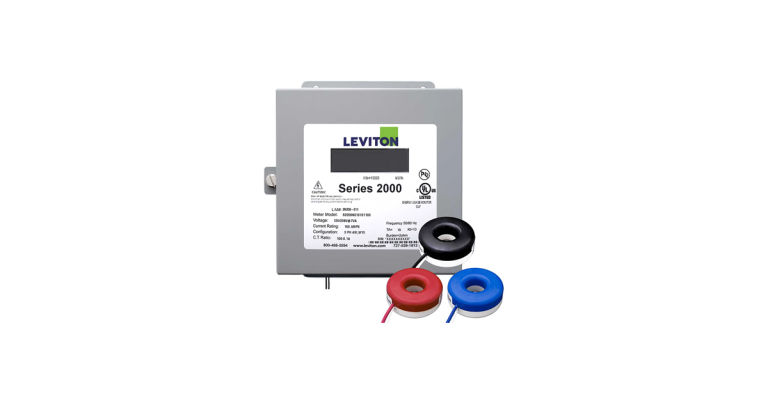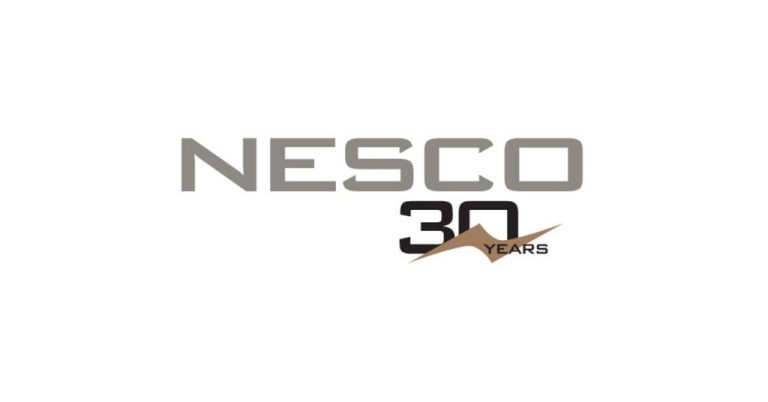FLIR Provides Thermal Imaging for Next Generation DJI Zenmuse XT2 Dual-Sensor Commercial Drone Camera

April 10, 2018
FLIR Systems has announced that DJI, the world’s leader in civilian drones and aerial imaging, will integrate a FLIR thermal imaging sensor technology into its new DJI Zenmuse XT2 drone camera. The DJI Zenmuse XT2, DJI’s first dual-sensor and its most advanced gimbal-stabilized camera for commercial drone applications, furthers the collaboration between FLIR and DJI. The Zenmuse XT2 also joins the ‘Thermal by FLIR’ partner program, which FLIR created to fuel thermal innovation and allow partners to leverage the leadership, quality, and innovation that FLIR’s brand represents in the thermal imaging space.
Built with industrial and public safety applications in mind, the DJI Zenmuse XT2 expands upon the benefits in the first thermal-equipped camera jointly developed by FLIR and DJI, the DJI Zenmuse XT. The new drone camera includes both a high-definition 4K color video camera and a high-resolution radiometric thermal camera, allowing operators to switch between thermal and visible cameras in flight. The Zenmuse XT2 also uses FLIR’s patented MSX® technology, or multispectral dynamic imaging, that embosses high-fidelity, visible-light details onto the thermal imagery to enhance image quality and perspective.
The Zenmuse XT2 is compatible with the DJI Matrice 600 and Matrice 200 Series platforms and integrates with DJI’s data transmission technology for live video display. Full integration gives drone operators plug-and-play installation, real-time control, and recording during flight in thermal, visible, or thermal/visible picture-in-picture. This flexibility allows operators to acquire double the data in a single camera and stay focused on mission-critical tasks.
“The arrival of the DJI Zenmuse XT2 with a FLIR sensor signifies an important technological advancement for drone operators who need both a visible camera and the superpower benefits of thermal imaging in one product,” said James Cannon, President and CEO of FLIR. “Now drone operators can capture data without landing, an important advantage for search and rescues operations, monitor the health of mechanical and electrical equipment remotely, and identify potential problems in buildings. Our collaboration with DJI perfectly aligns with our mission to use our thermal technology to help save lives and livelihoods.”
“Since the introduction of our first FLIR camera in 2015 we have seen strong demand for thermal imaging-based products because they have helped transform DJI drones into essential and often lifesaving tools across a wide variety of industries,” said Roger Luo, President at DJI. “We are excited to introduce our next generation product together, the Zenmuse XT2, which is easier and more efficient to operate, and further demonstrates our commitment to innovation in the commercial drone industry.”
DJI is one of multiple partners involved with the new Thermal by FLIR program, created to support original equipment manufacturers (OEMs) and product innovators interested in using the FLIR thermal imaging sensors to deliver the benefits of the World’s Sixth Sense. The program ensures that original equipment manufacturers and entrepreneurs can carry the Thermal by FLIR brand and receive additional product development and marketing support from FLIR to build and market their respective products. Additional Thermal by FLIR partners include Cat Phones, Casio, Panasonic, ARSENZ, and TinkerForge.
To learn more about the Zenmuse XT2, visit www.flir.com/xt2. For device manufacturers interested in learning more about integrating FLIR sensors, please visit http://www.flir.com/thermalbyflir/.












![Guide to the Canadian Electrical Code, Part 1[i] – A Road Map: Section 52 — Diagnostic imaging installations](https://electricalindustry.ca/wp-content/uploads/2022/11/Guide-CE-Code-2.png)




